Rob Brooks in Psyche:
 I recently encountered a man who goes by the rather unusual name of Davecat, and who describes himself using the even more unusual labels of ‘robosexual’ and ‘iDollator’. He prefers the company of life-size dolls over human partners. He’s done plenty of media, alongside his RealDoll ‘wife’ Sidore Kuroneko and their silicone-skinned live-in companions, serving as an open and articulate example of people who buy and use sex dolls.
I recently encountered a man who goes by the rather unusual name of Davecat, and who describes himself using the even more unusual labels of ‘robosexual’ and ‘iDollator’. He prefers the company of life-size dolls over human partners. He’s done plenty of media, alongside his RealDoll ‘wife’ Sidore Kuroneko and their silicone-skinned live-in companions, serving as an open and articulate example of people who buy and use sex dolls.
Robosexuals eagerly await the promised arrival of sophisticated sex robots: talking, walking dolls that can carry a conversation, discern what a user wants, and give it to them. Realbotix, the Californian company that makes RealDolls such as Sidore, is a frontrunner in the nascent sex robot market. Today’s models exhibit some robotic movement and chatbot-style conversation. Within a few short years, we are promised, more life-like skin, more fluid movement and artificial intelligence (AI)-enhanced personalities will pull robots out of their closets and thrust them into the mainstream.
My recent book, Artificial Intimacy (2021), considers the new ecosystem of digital lovers, virtual friends and algorithmic matchmakers that cater to deep human needs for social contact, friendship, intimacy, love and sex.
More here.

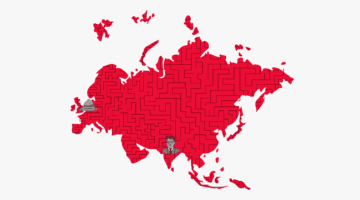 Gautam Pemmaraju in Fiftytwo.
Gautam Pemmaraju in Fiftytwo.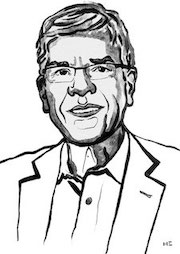 Paul Romer over at his his website:
Paul Romer over at his his website: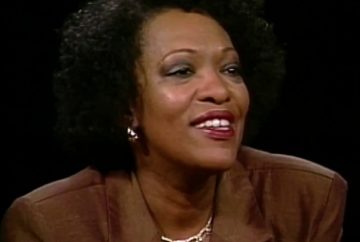
 This week’s reading list is curated by PEN America’s World Voices Festival team and features a mix of classic and contemporary novels, essay collections, and poetry collections. It includes the searing prose of James Baldwin’s 1963 bestseller The Fire Next Time, in which he tells his nephew how to navigate the injustices he will face as Black man in America. We also highlight Nic Stone’s Dear Martin, published more than 50 years later but which exposes the same threats of racial violence that still plague our country and threaten young Black men.
This week’s reading list is curated by PEN America’s World Voices Festival team and features a mix of classic and contemporary novels, essay collections, and poetry collections. It includes the searing prose of James Baldwin’s 1963 bestseller The Fire Next Time, in which he tells his nephew how to navigate the injustices he will face as Black man in America. We also highlight Nic Stone’s Dear Martin, published more than 50 years later but which exposes the same threats of racial violence that still plague our country and threaten young Black men. In the middle of the 19th century, as the United States was ensnared in a bloody
In the middle of the 19th century, as the United States was ensnared in a bloody 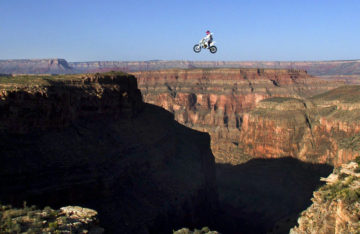 Patrick Blanchfield in Late-Lite:
Patrick Blanchfield in Late-Lite: Mona Ali in Phenomenal World:
Mona Ali in Phenomenal World: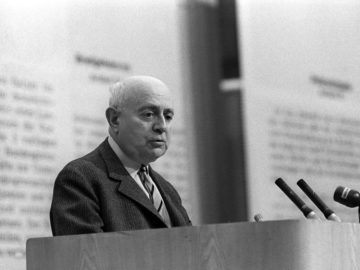 Peter E. Gordon in The New Statesman:
Peter E. Gordon in The New Statesman: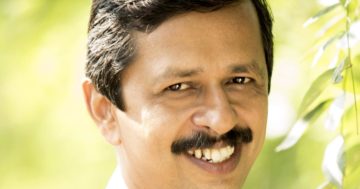 Chances are, if you haven’t been living under a pandemic-shaped rock of ascetic withdrawal from the real world, you will have heard of S Hareesh. His debut novel, Meesha, translated from the Malayalam into English as Moustache, won the JCB Prize for Literature in 2020. India’s 2020 official entry to the Academy Awards, Jallikattu, was based on one of Hareesh’s short stories from the collection
Chances are, if you haven’t been living under a pandemic-shaped rock of ascetic withdrawal from the real world, you will have heard of S Hareesh. His debut novel, Meesha, translated from the Malayalam into English as Moustache, won the JCB Prize for Literature in 2020. India’s 2020 official entry to the Academy Awards, Jallikattu, was based on one of Hareesh’s short stories from the collection  The case of Elizabeth Hardwick is vexing in these ways and more. She was one of the supreme women of letters in postwar America. The scope of her achievement, much of it accomplished in occasional writings undertaken across six decades, has only begun to come into view with the appearance in 2017 of her Collected Essays. (A volume of Uncollected Essays is to follow this spring.) She chronicled the transformations of American life and culture across seven decades, traced the progress of American literature from its beginnings here and in Europe, connected those roots and parallel strands to the present in essays of idiosyncratic synthesis, and realized those ideas in her own fictions. She was a singular stylist and an essential writer of her time.
The case of Elizabeth Hardwick is vexing in these ways and more. She was one of the supreme women of letters in postwar America. The scope of her achievement, much of it accomplished in occasional writings undertaken across six decades, has only begun to come into view with the appearance in 2017 of her Collected Essays. (A volume of Uncollected Essays is to follow this spring.) She chronicled the transformations of American life and culture across seven decades, traced the progress of American literature from its beginnings here and in Europe, connected those roots and parallel strands to the present in essays of idiosyncratic synthesis, and realized those ideas in her own fictions. She was a singular stylist and an essential writer of her time.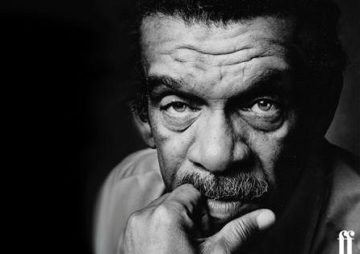
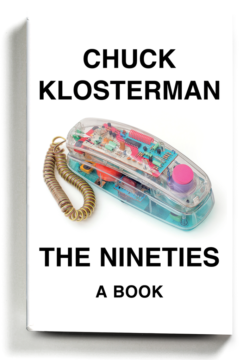 The era has lately been a source of curiosity, its aesthetic mined by
The era has lately been a source of curiosity, its aesthetic mined by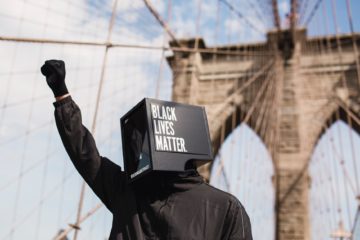 The BLM movement was founded on the 13th July 2013, by Alicia Garza; Patrisse Cullors and Opal Tometi. The movement was made to promote anti-racism and advocacy, it is often interpreted in the incorrect way by people who do not recognise how Black people are often victims of demonisation as well as criminalisation. This often results in people making ignorant comments that make it clear that the purpose of the movement was taken out of context: ‘ ALL LIVES MATTER ‘ they incessantly yell; ‘ Why is it always about race? Can’t you just get over it??’ they say way too passive-aggressively not knowing the true meaning of what we’re fighting for. We are fighting for the lives that were taken for reasons that only remain superficial, we are fighting for the next generation of people who go looked just like George Floyd, Breonna Taylor, Atatiana Jefferson, Stephon Clark, Michelle Cusseaux and the others that have died. They were killed for reasons that will only remain skin deep, and this time, it will not be in vain or go unnoticed.
The BLM movement was founded on the 13th July 2013, by Alicia Garza; Patrisse Cullors and Opal Tometi. The movement was made to promote anti-racism and advocacy, it is often interpreted in the incorrect way by people who do not recognise how Black people are often victims of demonisation as well as criminalisation. This often results in people making ignorant comments that make it clear that the purpose of the movement was taken out of context: ‘ ALL LIVES MATTER ‘ they incessantly yell; ‘ Why is it always about race? Can’t you just get over it??’ they say way too passive-aggressively not knowing the true meaning of what we’re fighting for. We are fighting for the lives that were taken for reasons that only remain superficial, we are fighting for the next generation of people who go looked just like George Floyd, Breonna Taylor, Atatiana Jefferson, Stephon Clark, Michelle Cusseaux and the others that have died. They were killed for reasons that will only remain skin deep, and this time, it will not be in vain or go unnoticed.